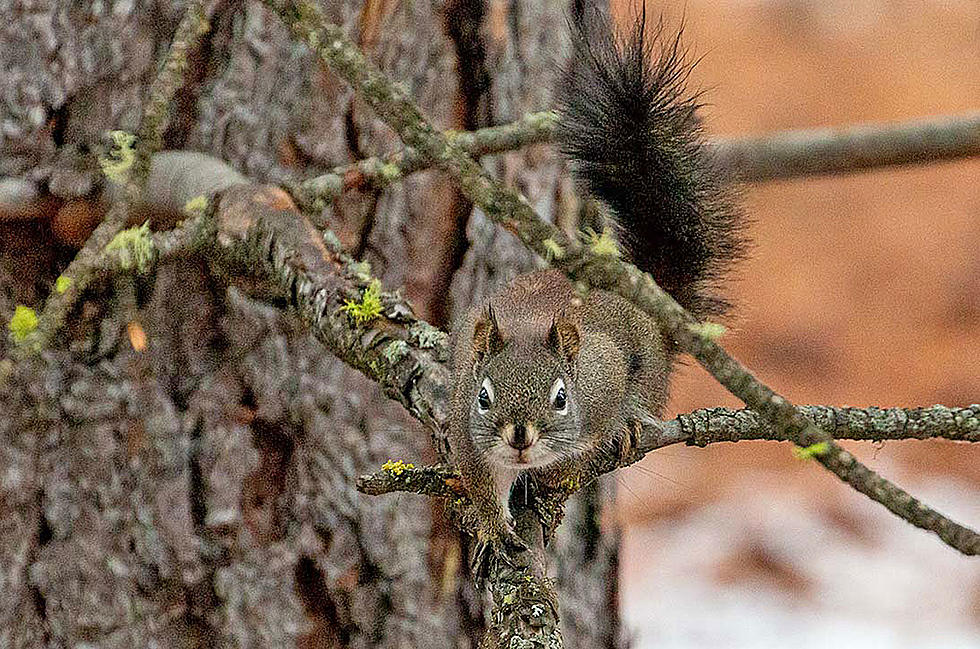
Squirrels Are Talking at You – Bitterroot Outdoor Journal
When our Bitterroot Outdoor Journalist Bob Danley enters the forest area of Maclay Flat near Missoula, he is usually greeted by at least one little Red Squirrel. He calls them the "killdeer" of the forest, referring to the shorebird that is very vocal around water areas.
Bob saw a half-dozen of the little guys, which are the smallest tree squirrel species - a 7-inch body and a 5-inch tail. They don't hibernate, and instead munch on pine cones and food caches during the winter. Other species of the squirrel family - marmots, chipmunks and ground squirrels - are sound asleep, but the Red Squirrel is awake and kind of noisy.
Another common sight during the winter is the Dark-eyed Junco - also known as the snowbird. That's a bit of a misnomer, since the Junco is here year-round. And there are a lot of them. Bob said the estimated population is 630 million, making it one of the most common birds in North America. All five species can be found in Montana - pink-sided, white-winged, Oregon, grey-headed and slate-colored. In the winter, you'll mostly see the slate-colored Junco (photo below).
If you're going to set up a birdfeeder for the Junco, set it on the ground. That's where they usually look for food. In the summer, you can find them in the forest. In the winter, they're out in the open areas.

Christmas gift ideas this week include bird feeders. You can construct a platform feeder, which lets the birds spread out a little while munching, or maybe get a hummingbird feeder. Bob likes the 16-ounce First Nature brand. It doesn't leak. As far as native seed for this area, Native Ideals in Arlee, Montana, has a good selection. You can hear the Bitterroot Outdoor Journal Wednesday mornings at 7:45 a.m. on 1240 KLYQ AM radio or at www.klyq.com. Check one of Bob Danley's websites.

